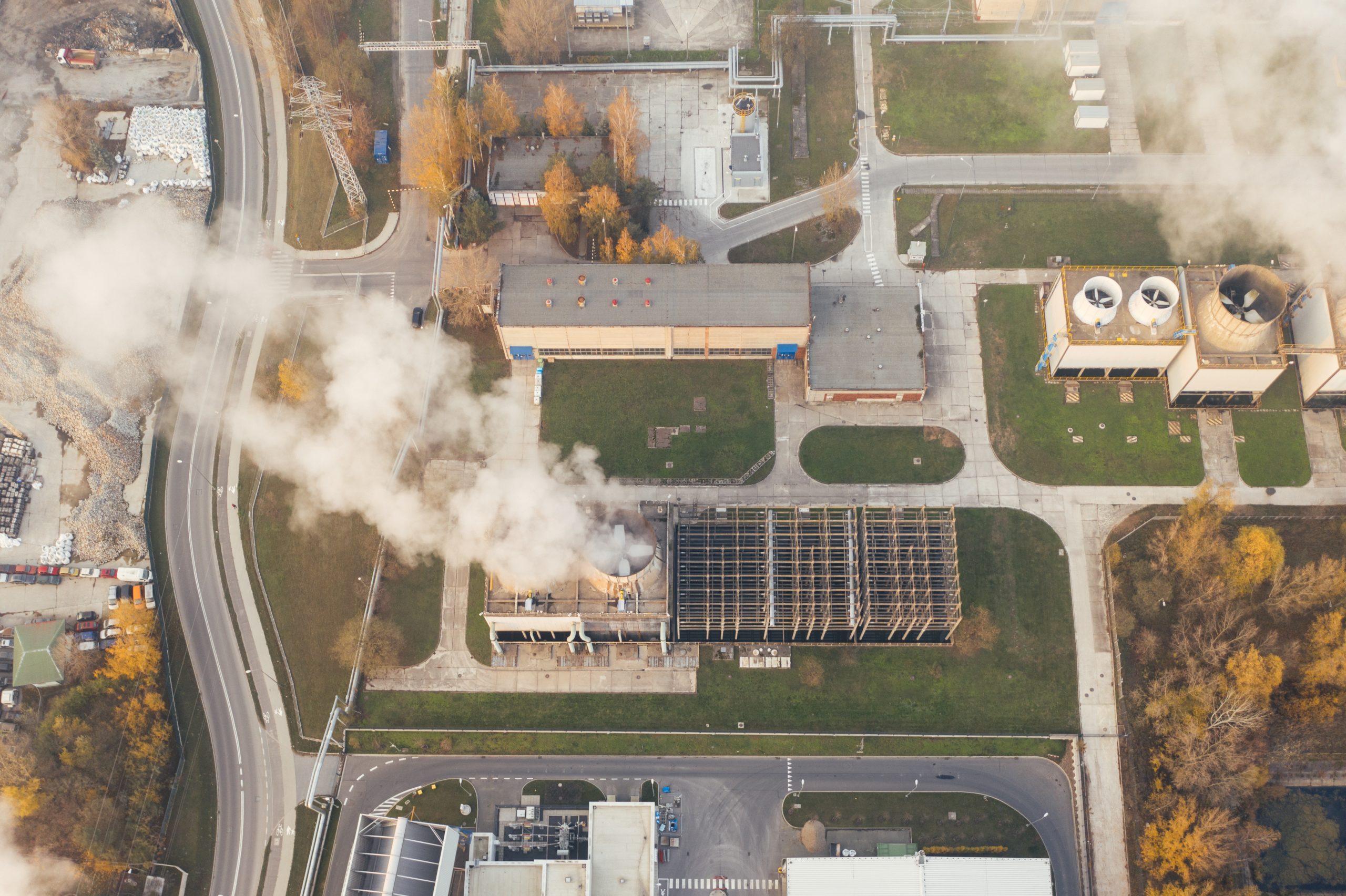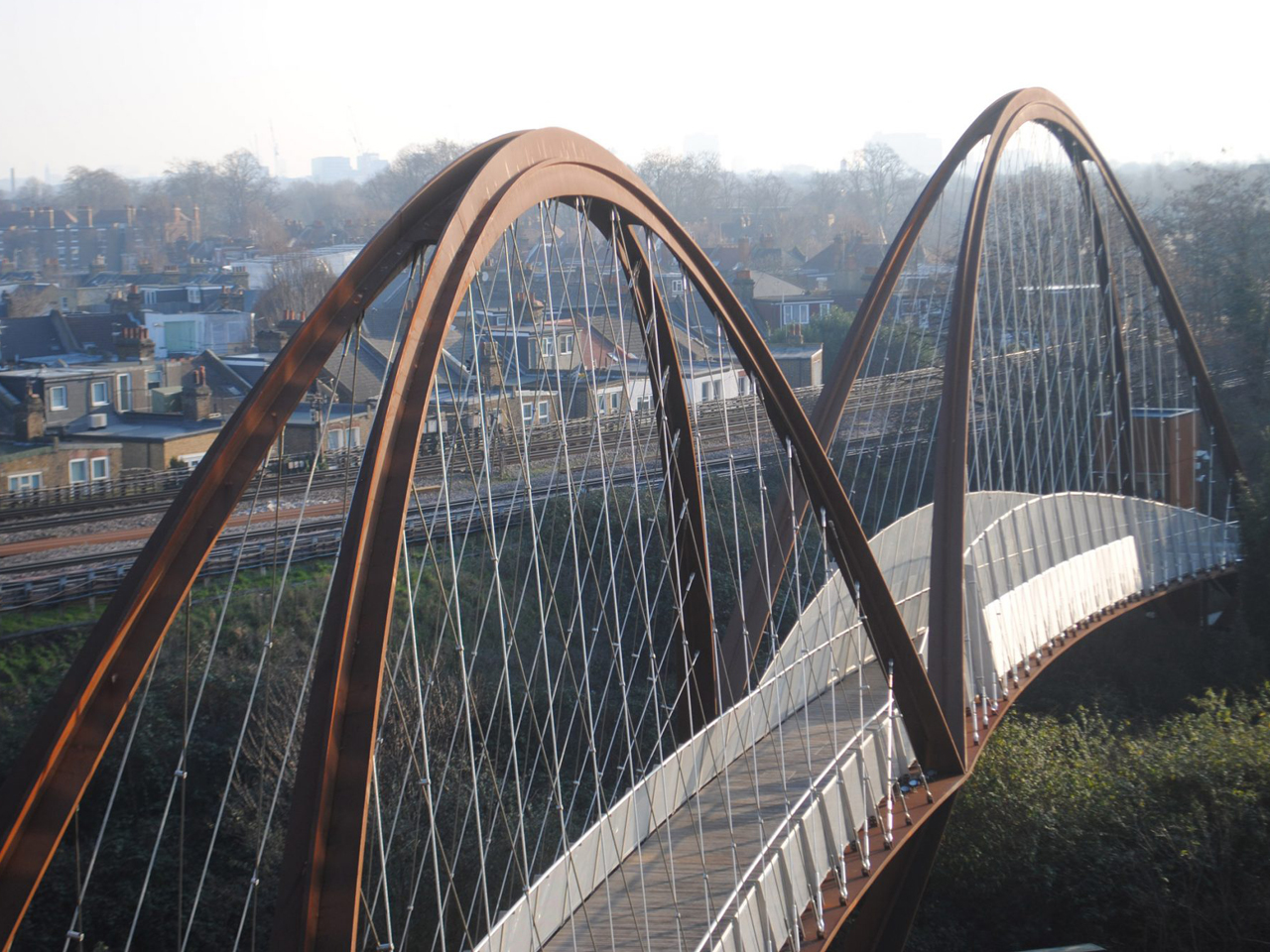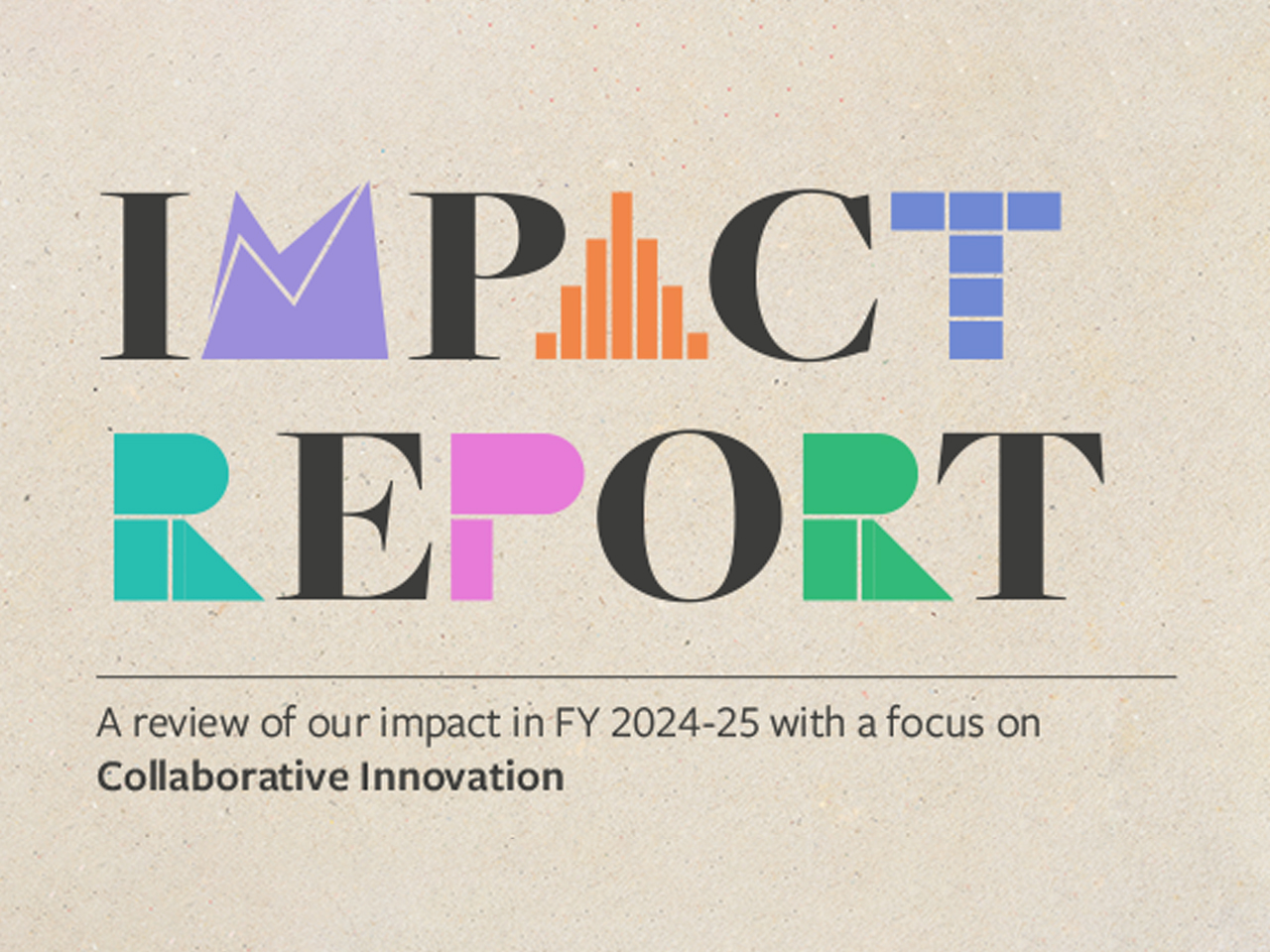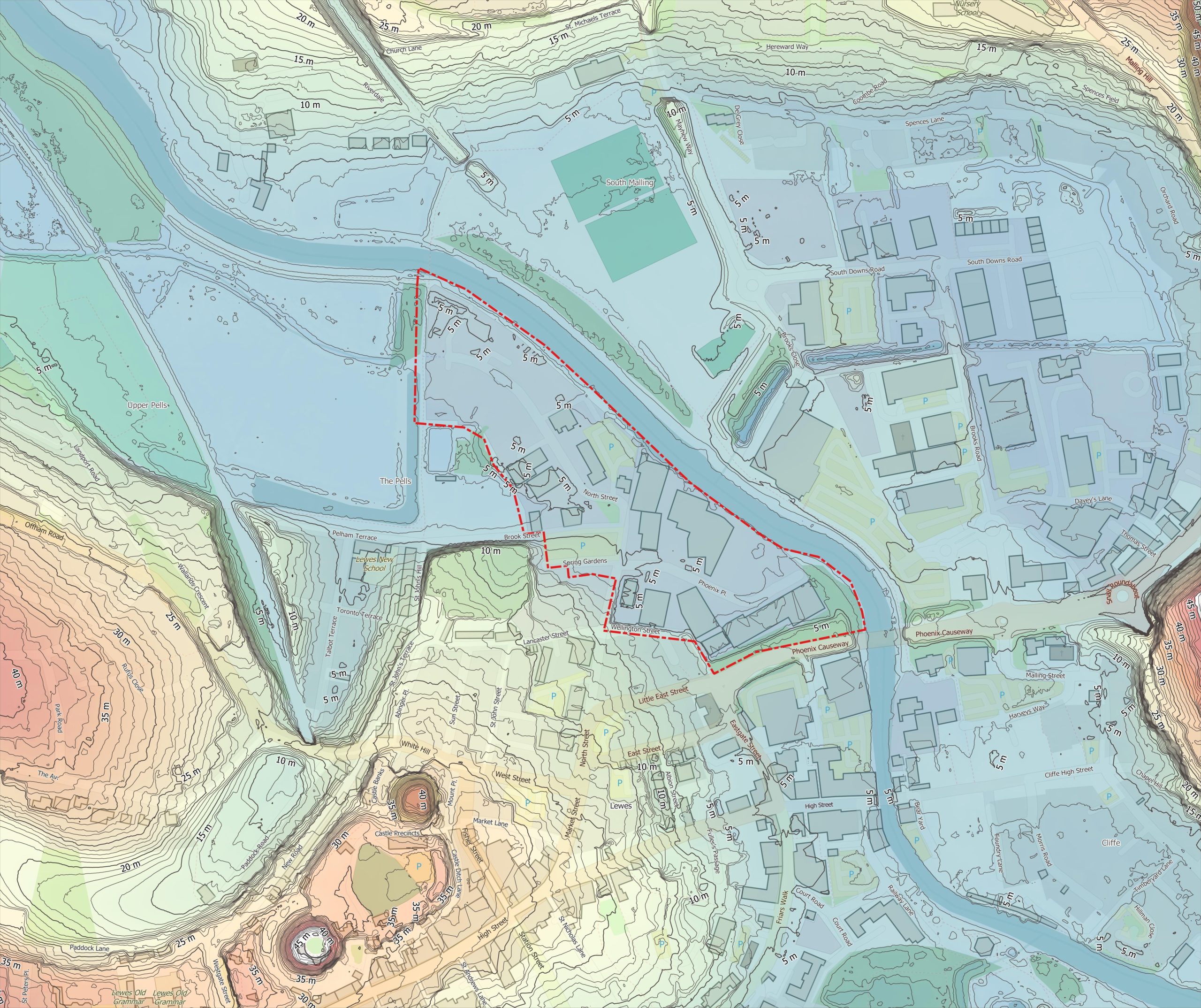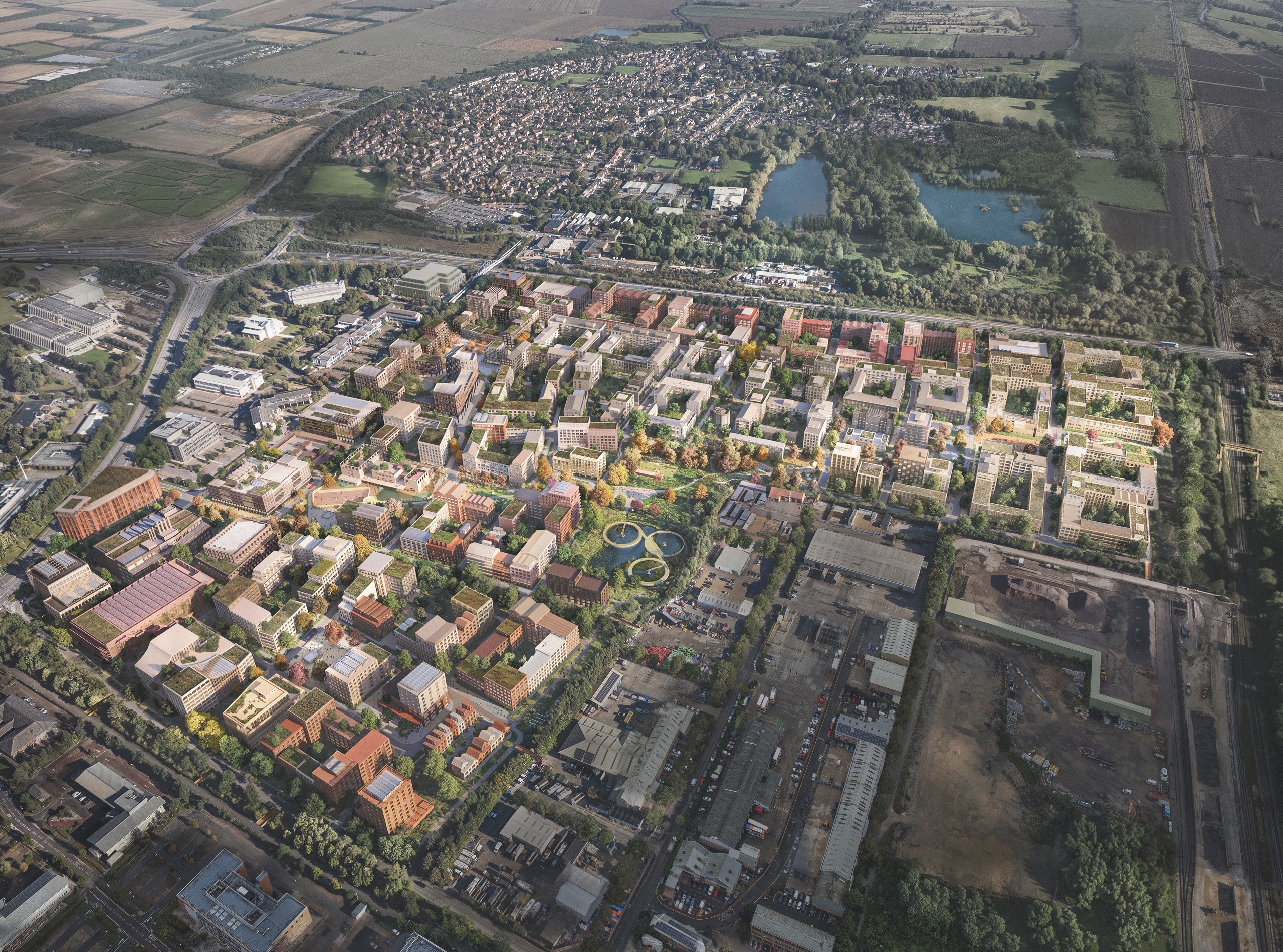HS2 Earthworks Tiger Team Project
United Kingdom
Potential savings of up to £300 million every year could be made through innovations to boost the efficiency of infrastructure earthworks, a Tiger Team project led by Expedition and funded by HS2 revealed. This piece of work aimed to significantly boost earthworks productivity, drawing on sector expertise to analyse a wide range of options and recommend 24 for implementation.
Image gallery
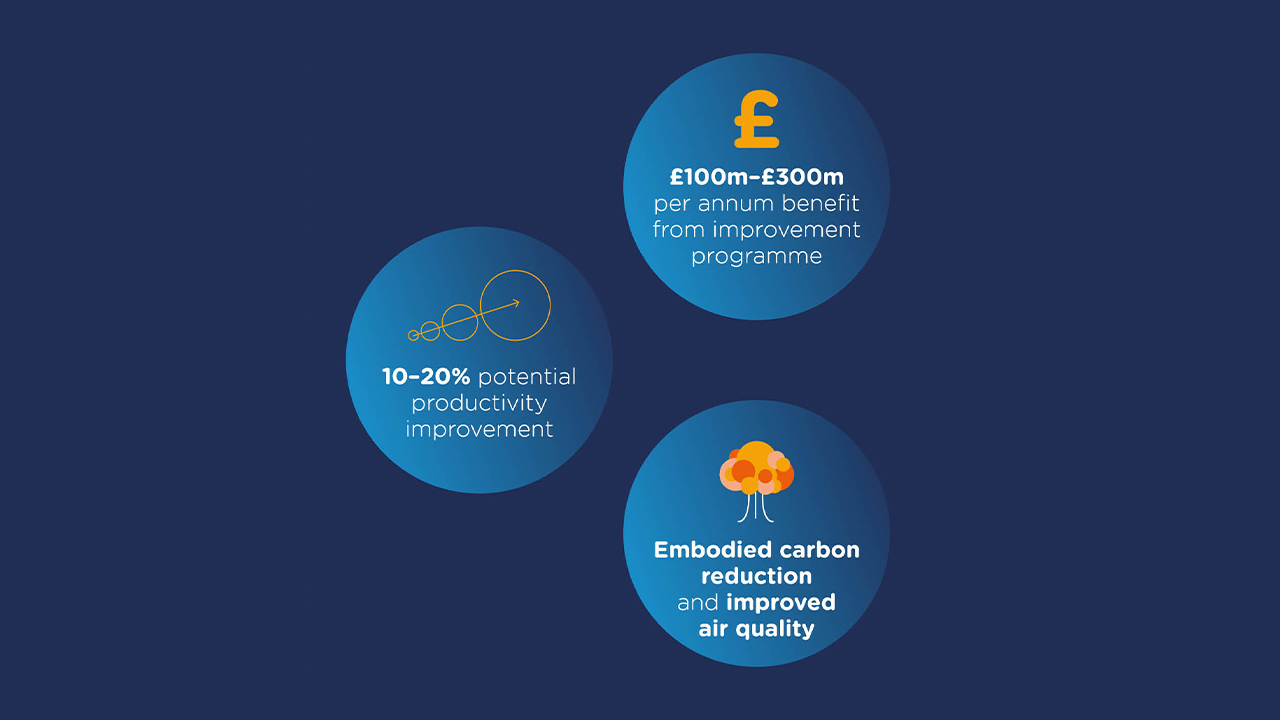
With up to £1.5 billion being spent every year on earthworks by infrastructure clients, and working practices largely unchanged for decades, the sector has considerable potential for innovation and improvements in efficiency.
A Tiger Team project set up by Infrastructure Industry Innovation Partnership (i3P) and led by Expedition sought to boost this productivity through a collaborative approach to challenging existing procedures, identifying opportunities that will deliver reductions in cost, time and carbon.
We established a Community of Practice with representatives from across the sector, bringing together a wide range of organisations to work through the three stages of the Tiger Team process – discovery, development and delivery – with the aim of transforming the way the sector works.
The initial discovery phase identified the problem and the size of the challenge, where the greatest gains could be made and what benefits could be realised from improvements. Given the size of the sector and of the annual spend by infrastructure companies, we agreed that even a 10% productivity improvement would deliver significant savings.
With our CoP we built up a thorough understanding of the existing situation, and identified a raft of potential solutions – 24 in total – which were initially evaluated using a benefits assessment based on the Five Capitals model. This rated them all by the benefits they would deliver (natural, human, social, manfactured and financial capital), the time and cost that they would take to implement, and the ease with which this could be done.
These opportunities were grouped into six categories, and ranged from the easier wins such as establishment of mobile or pop-up site testing labs, and use of digital technology to improve communication, to changes that were acknowledged as much harder to leverage, such as optimisation of alignment and land acquisition, and system-wide plant procurement and allocation.
We recommended that clients or groups of clients should use a programmatic approach to work with supply chain and stakeholders to deliver these opportunities through four innovation programmes; a market accelerator programme, a best practice programme, a skills development programme and a Tiger Team programme.
Testimonial
Key People
Tiger Teams are able to identify the real blockers to innovation in major infrastructure schemes – and then bring people together to resolve them.
Andrew Pestana
Innovation Strategy Lead, HS2




